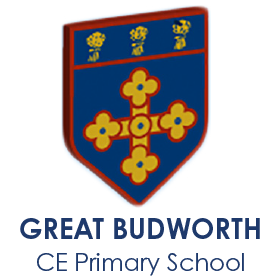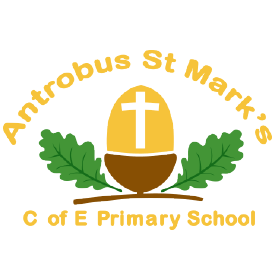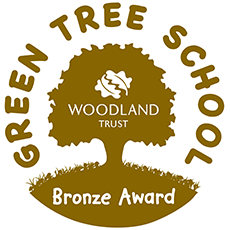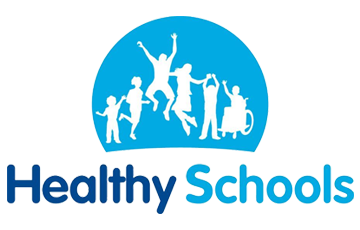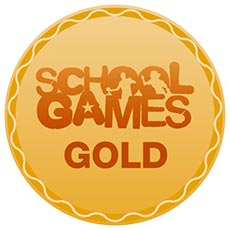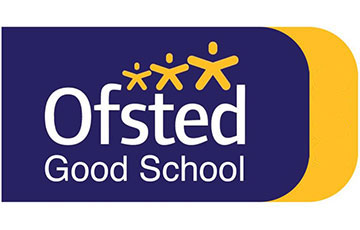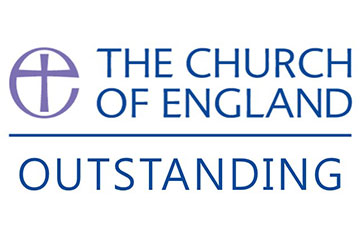ICT & Computing
ICT and Computing at Great Budworth C of E Primary
At Great Budworth, we are committed to preparing our pupils for a rapidly evolving digital world. We follow the Digital Sparks programme from Year 1 to Year 6, ensuring a consistent, progressive, and engaging approach to Computing education.
Our aim is for all children to become digitally literate, confident, and frequent users of a wide range of technologies. We want our pupils to:
Approach coding challenges with enthusiasm and curiosity
Enjoy exploring new digital tools and applications to support their learning
Collaborate effectively, developing resilience and perseverance as they work towards solutions.
Use Computing skills to enhance learning across the wider curriculum
We structure our curriculum using guidance from the National Centre for Computing Education (NCCE). This ensures full curriculum coverage and progression, with regularly updated schemes of work that reflect the latest innovations and best practices in Computing.
To support high-quality teaching and learning, we have invested in updated equipment, including iPads and laptops, which are accessible to all pupils during Computing lessons and across the school day. In our Early Years setting, children also have access to programable toys, Bee-Bots and Ipads, helping them begin to understand programming and directional language through play.
🤖 Preparing for a Future with AI
As part of our commitment to future-ready learning, we encourage the safe and responsible use of Artificial Intelligence through the Digital Sparks initiative. This helps pupils build familiarity with AI by developing key skills such as:
Logical thinking
Critical thinking
Computational thinking
By embedding these skills into our curriculum, we empower children to understand and engage with the technologies shaping their future.

At Antrobus St Marks primary we follow the programme Teach computing for years 1-6.
Our aim is for children to be digitally literate, confident and frequent users of a wide range of Computing technology, so they can
see coding challenges as exciting,
enjoy exploring new applications for their learning,
collaborate in their learning and develop resilience as they work towards a desired outcome
use Computing skills effectively to facilitate learning across the wider curriculum
We use the structure from the National Computing Hub to organise the learning and ensure curriculum coverage and progression. The Computing Hub updates the schemes of work very regularly, making sure that innovation and current practice in an ever changing world are reflected in teaching.
We have new update equipment which includes ipads and laptops which are accessible for all children during computing lessons and any other lessons throughout the school day. Children in reception and nursery also have access to Beebots.
Children in nursey and reception also use iPads to play game and they love to use the ipad to take picture of different emotions and faces! They also have opportunities in continuous provision to explore the Beebots to develop their understanding of direction.




We offer an after-School Computing Club, were children are given the opportunity to explore the world of technology beyond the classroom. The club is open to children from year 1-6 and it provides a fun and supportive environment where students can develop their coding skills, experiment with publishing, digital creativity and general computing skills.
